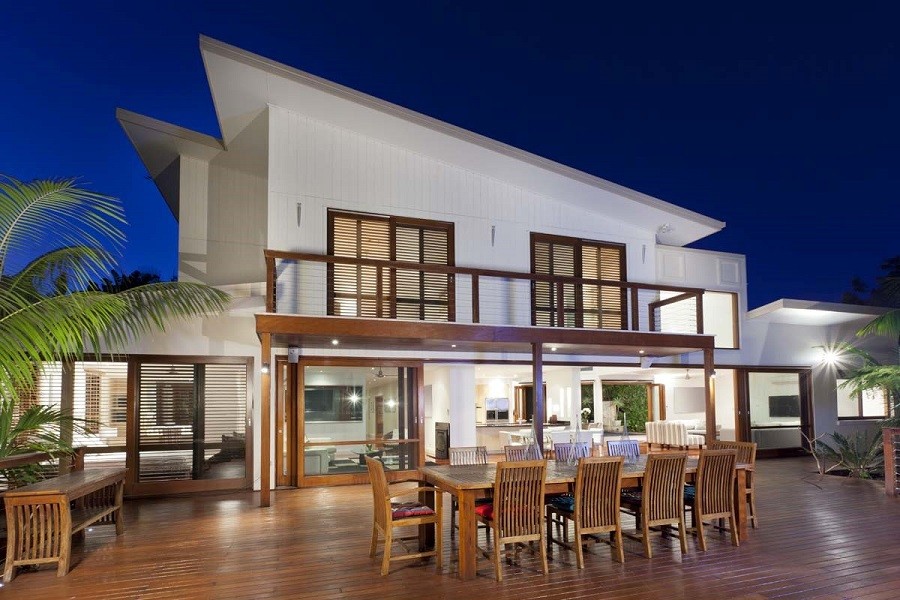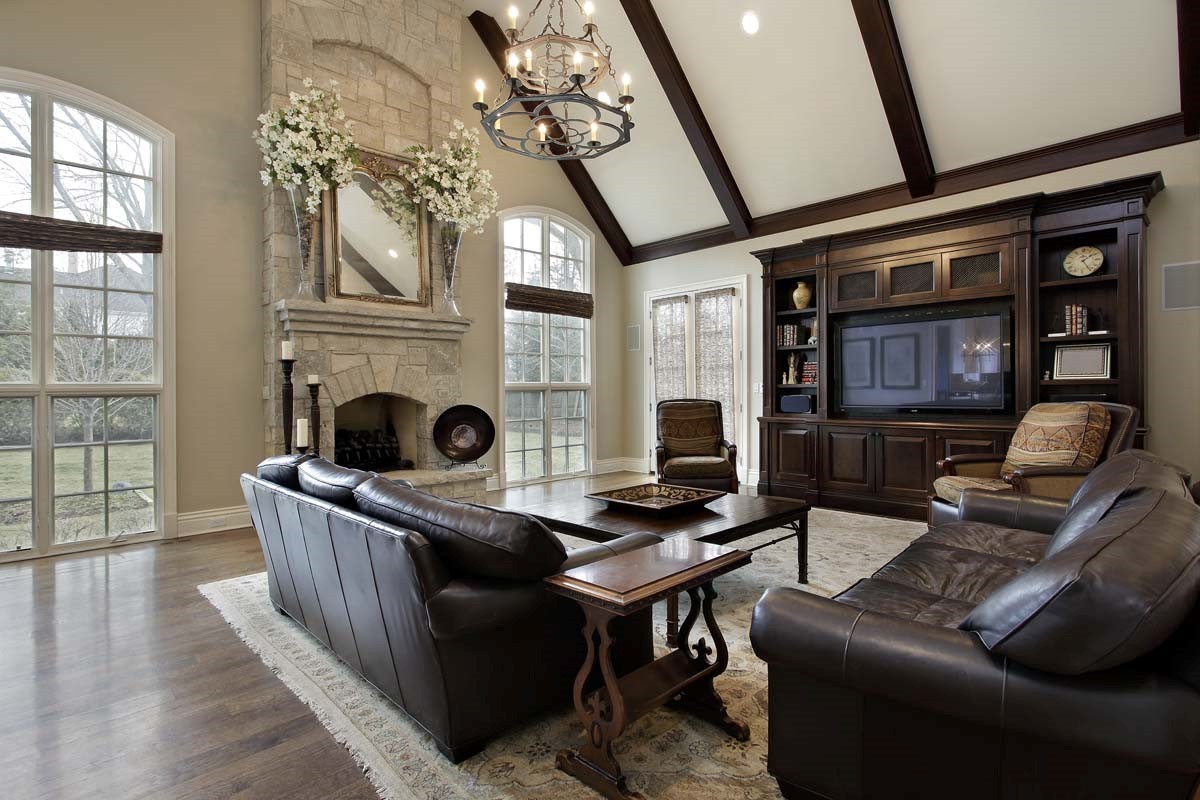When you think about installing an outdoor sound system in your property, you’re probably concerned with how it sounds and how it looks. But one of the most important considerations you can make is how long it will last. Choosing the right materials, placement and construction for your outdoor audio components can mean the difference between enjoying it for years and replacing the whole thing next summer. You want a system that will last, and this blog will show you how to achieve that. Read on for more.
See Also: A Quick Guide to Outdoor Sound Systems
Durable Materials
The speakers you have in your house wouldn’t work for your outdoor spaces, right? The sleek wooden cabinets that make up the free standing units in your listening room would quickly sustain damage and eventually rot if you put them in your backyards. That’s why you need to invest in speakers specifically designed to handle just about any kind of weather with the most durable materials that still offer great sound.
Outdoor speaker units can be made of any kind of plastic or metals, but often brass is one of the best choices. Not only is brass rust-proof – meaning the unit still remains serviceable for long periods of time – but it usually looks great and blends in with your backyard landscaping perfectly.
Deprecated: Creation of dynamic property EasyBlogSocialButtonExternal::$post is deprecated in /home/dbmediapro/public_html/administrator/components/com_easyblog/includes/socialbuttons/adapters/external.php on line 42





